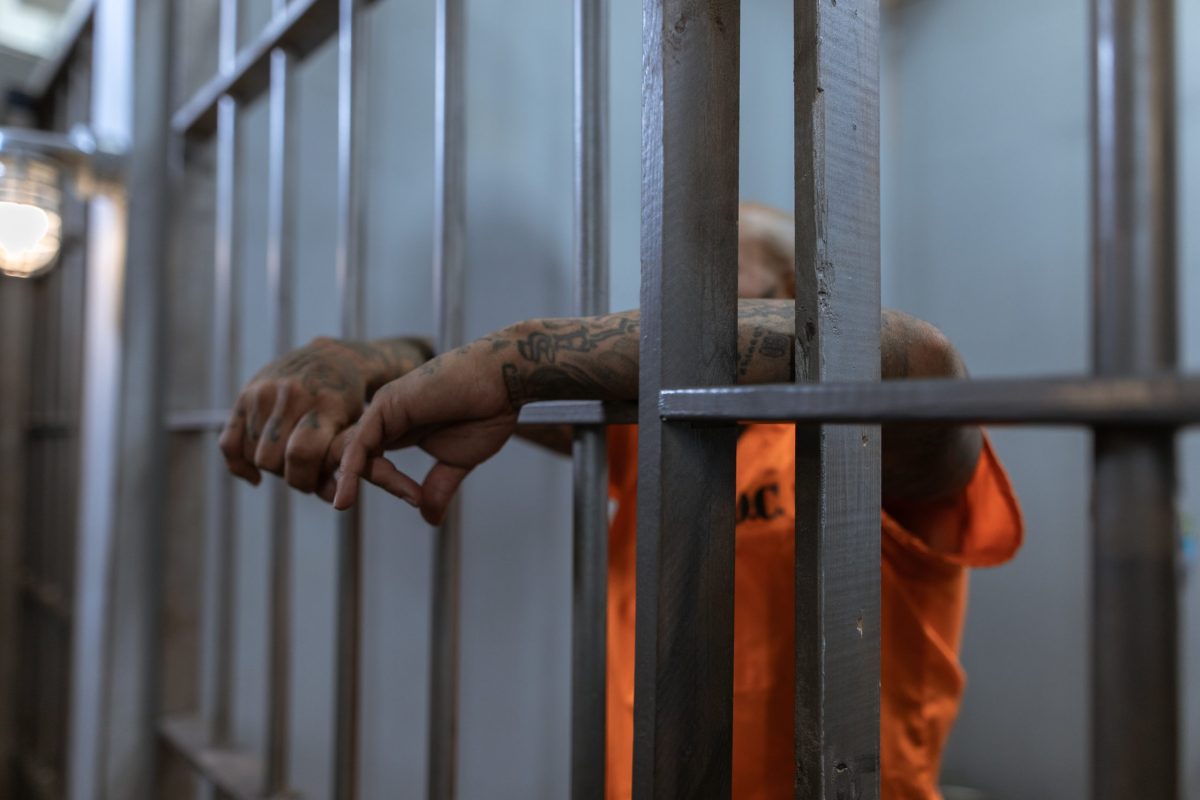Content warnings: mentions of death, self-harm, and terminal illness.
We live in scary times; whenever one watches or reads the news, at least one headline is always about some sort of crime, such as mass shootings, drug raids, or harassment. What amazes me most, however, is that many skip reading the news, as they have become desensitized to the epidemic of violence that society currently faces.
Let’s talk local by discussing crime that happened in NJIT’s home city, Newark. The HBO documentary “Life of Crime 1984-2020,” directed by Jon Alpert, was released in 2021 as the third installment of a trilogy based in Newark. The first was released in 1989, titled “One Year in a Life of Crime,” and the second, “Life of Crime 2,” was released in 1998.
The trilogy examines the lives of three friends from Newark, covering the cycle of petty crime, drug addiction, jail time, and rehabilitation that consumed 40 years of their lives. I watched the documentary over winter break. The film is very moving, but it is a bit tough to watch because it depicts the lives of these people in a very raw and real way, with no sugarcoating.
I was able to understand how communities on the edge of lawlessness and poverty were overwhelmed by drugs in the 1980s and ‘90s. They were alienated and never included in the societal mainstream, so current generations lead a life filled with addiction and violence which is extremely difficult to escape.
“Life of Crime 1984-2020” is based on real events from the lives of Freddie Rodriguez, Robert Steffey, and Deliris Vasquez. These three were involved in numerous theft, drug use, and prostitution cases in Newark. Unfortunately, Rodriguez and Steffey died in their early 40s because of drug overdoses.
Only Vasquez, Steffey’s ex-girlfriend and the mother of his children, was able to overcome her habit and remained clean for several years. She became an activist who helped other recovering addicts, so that young children in the area do not follow the same path.
“One Year in a Life of Crime,” the first documentary of the series, showed the surreal nature of the crimes. Almost every scene depicted these young adults inserting needles in themselves to escape reality and have fun.
Additionally, Alpert did not shy away from recording the domestic abuse committed by the documentary subjects. There was a shocking scene in which Steffey’s friend was yelling, threatening, and hitting his girlfriend, who screamed for help whenever he entered the room.
The friends usually targeted small retail stores and stole boxes full of goods to feed their drug habit. When asked whether they were afraid of getting caught, Rob responded that he was always afraid, but theft beat minimum wage, and he had to eat. This response left me in awe.
“Life of Crime 2” depicts Vasquez struggling with heroin addiction and turning to prostitution before entering her rehabilitation and recovery phase. Meanwhile, Rodriguez enters in and out of prison due to being caught with drugs or stolen goods, and tests positive for HIV during the AIDS crisis.
“Life of Crime: 1984-2020” is about Vasquez’s journey to sobriety. The documentary shows how she tries to overcome the problems that arrived with COVID-19 and the deaths of Rodriguez and Steffy. This part of the documentary comes with the hope of a light at the end of every dark tunnel.
I applaud the fact that Vasquez overcame her addiction and started helping others live happy, free lives. Unfortunately, she passed away in 2022.
While watching all the documentaries, I kept reminding myself that it was all real. There are so many people in the world in the same situation as these friends: those who get addicted to drugs and use them to escape from the world’s harsh reality. The trilogy will help audience members understand this heartbreaking truth about drug addicts.































